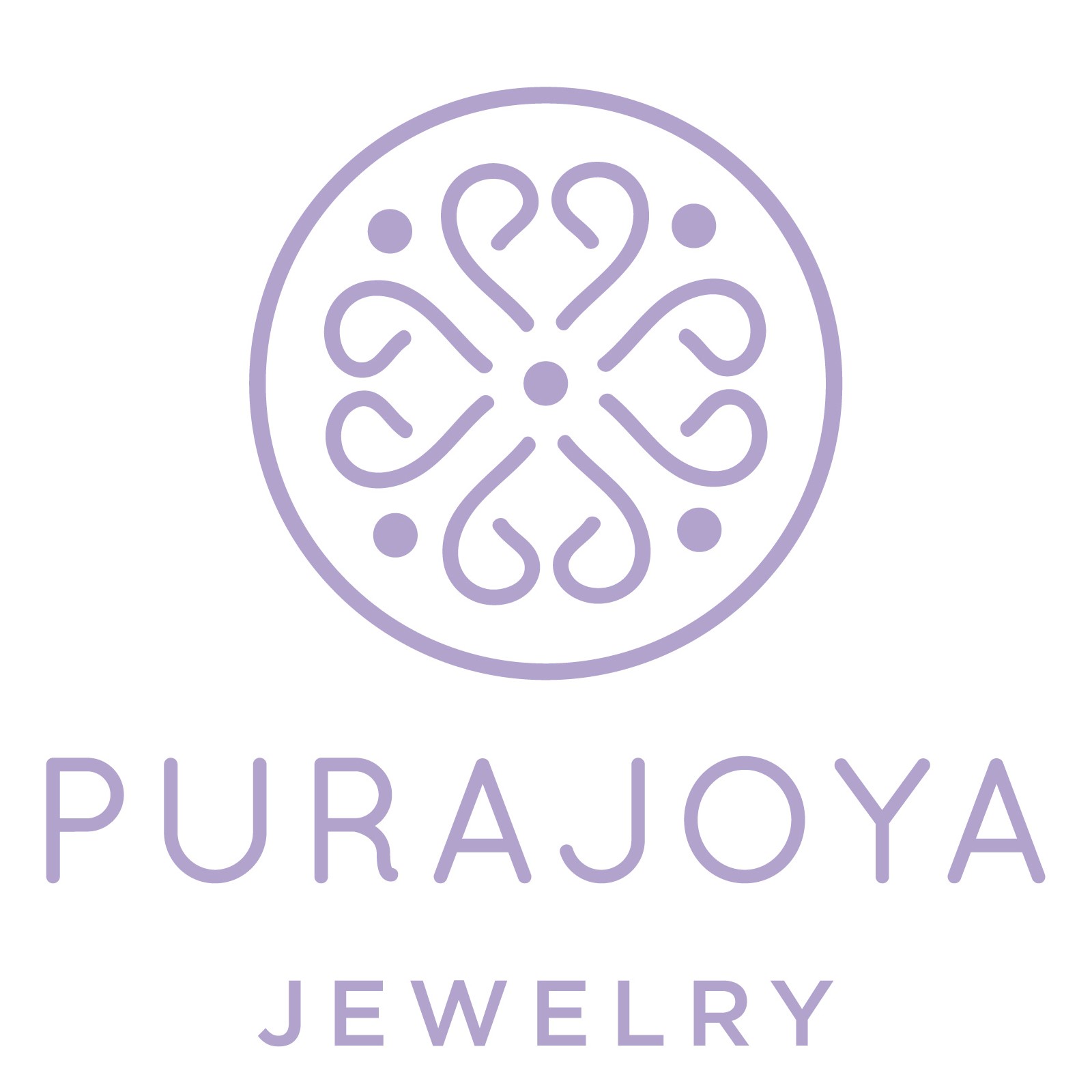
C of a diamond include colour, cut, clarity and carat. The 4 C play a decisive role in determining the beauty of a diamond. The rating assigned to a diamond in each of the 4 C determines its quality and price.
Color - The colour refers to the transparency of the diamond.
Cut - The cut includes the type of cut, the number of facets, the surface and the finishing of the diamond.
Clarity - The clarity of a diamond indicates the extent to which it is free from imperfections and inclusions.
Carat - Carat denotes the weight of the diamond.
Experts assess the 4 C of diamonds using standard tools. This is therefore the most effective method for determining the quality and overall standard of a diamond.
Diamond grading institutes
The Gemological Institute of America (GIA) and the American Gem Society (AGS) are recognised as the best institutions for grading diamonds. Both the GIA and the AGS have standard assessment tools for evaluating the quality of diamonds. The certificates issued by GIA and AGS are considered the most recognised for assessing the overall quality of diamonds. The 4C values of diamonds are graded on a scale.
Ultimately, the value of a diamond is also determined by how it appears to the naked eye. A good quality diamond appears transparent, without inclusions and without imperfections visible to the naked eye.
1. COLOR
The colour of a diamond depends on how transparent or white it appears to the naked eye. Within the 4 Cs of diamonds, the colour of the diamond plays an important role as it is directly linked to the aesthetic beauty of the diamond. The GIA grades the colour on a scale from D to Z. D is the most colourless colour on the scale, while Z has a brown or yellow hue. Sometimes the difference in colour is not visible to the naked eye, although it has a significant effect on the price of the diamond. As a rule, the higher the price of the diamond, the more colourless it is.
It is important to note that the colour of a diamond can depend on the lighting. Therefore, a diamond should always be viewed under different lighting conditions.
2. CUT
The cut is one of the most important criteria that influence the value and beauty of a diamond. It describes the proportions and symmetry of the stone, as well as the polish of its facets. A well-cut diamond maximises the brilliance and fire of the stone, while a poorly cut diamond can appear dull and lacklustre. The quality of the cut is rated on a scale from "excellent" to "poor".
It is important to note that the cut affects not only the beauty but also the value of a diamond. A diamond with an excellent cut can be significantly more expensive than a diamond with a poor cut, even if the other C's are the same. It is therefore advisable to look for an excellent cut when buying a diamond in order to maximise the beauty and value of the stone. Even if you buy a diamond with a lower clarity grade (SI1-SI2) or a lower colour grade (G-H), an excellent cut will make it sparkle and look brilliant.
3. CLARITY
Clarity describes the occurrence and size of inclusions and flaws in the stone. Diamonds are graded on a scale from flawless (FL) to heavily included (I3). The fewer inclusions a diamond has, the higher its clarity and the more valuable it is. The clarity can be assessed with the naked eye, but also with special magnifying glasses and microscopes.
4. CARAT
The carat is a measure of the weight of a diamond. One carat corresponds to 200 milligrams. The more carats a diamond has, the larger and heavier it is. The size of a diamond is an important criterion for its value, but it is not the only factor. The other C's - colour, clarity and cut - also play an important role.
Diamonds are offered in different sizes, from small diamonds with less than one carat to large diamonds with several carats. The choice of carat depends on personal preference and budget. Smaller diamonds are more affordable, while large diamonds are rarer and more expensive. It is important to note that the carat price does not increase linearly, but rather exponentially. For example, a two-carat diamond is not twice as expensive as a one-carat diamond, but perhaps 3-6 times more expensive.
Picture Source: https://www.gia.edu/home



